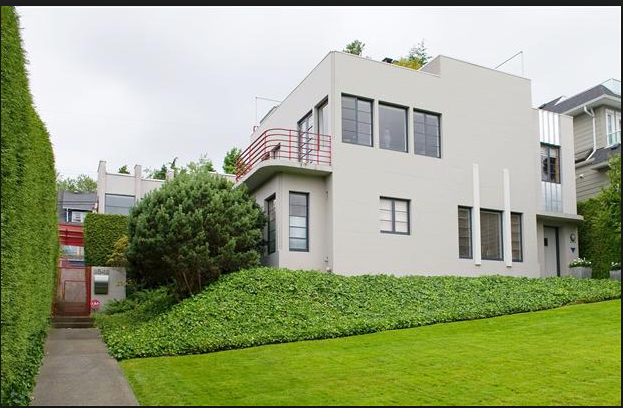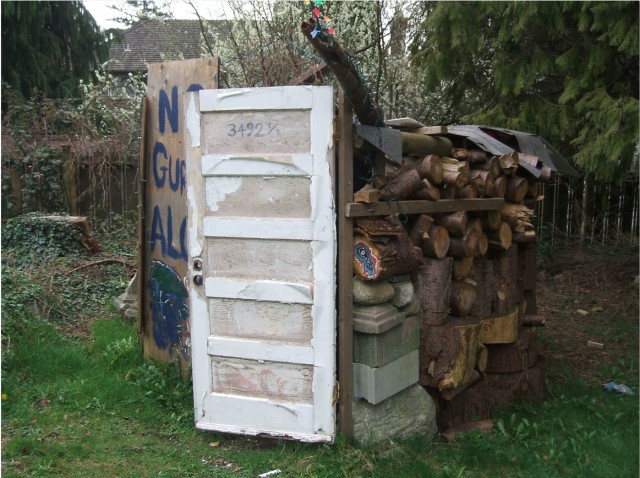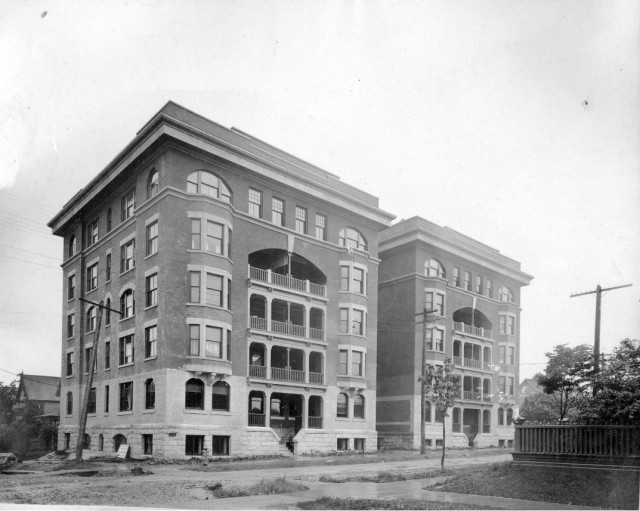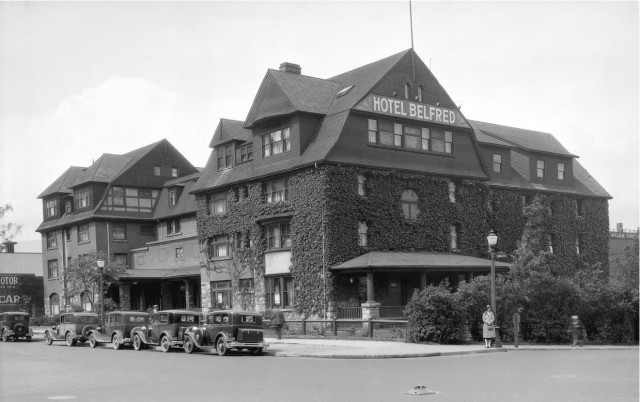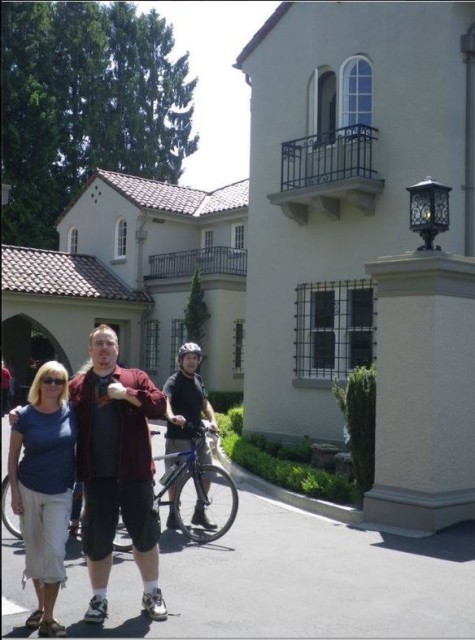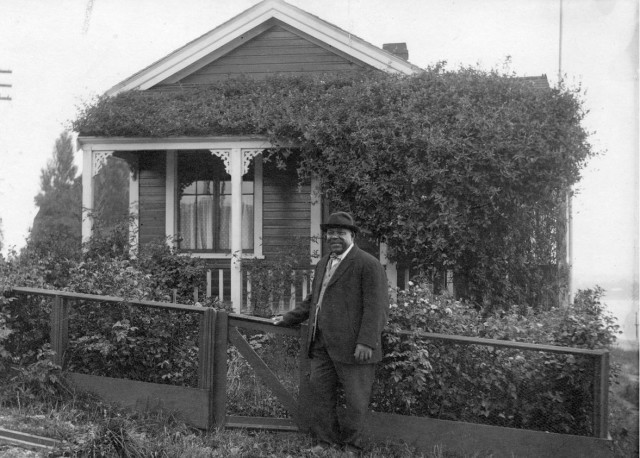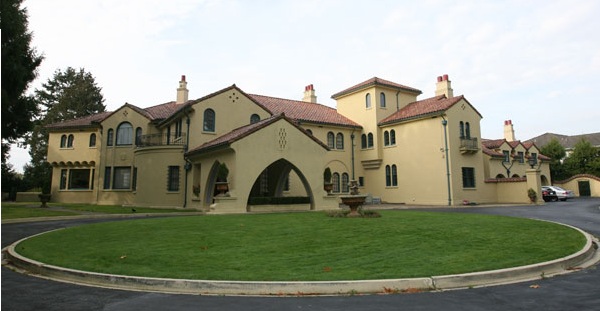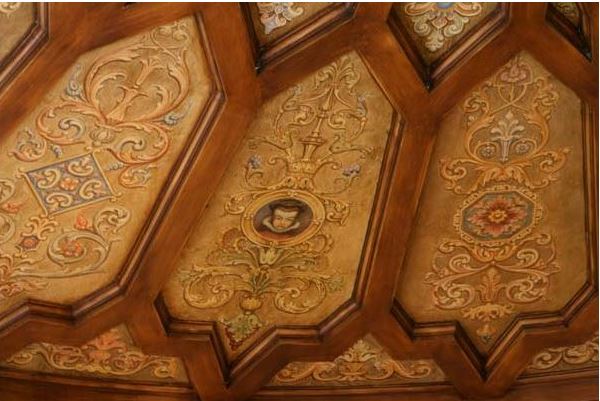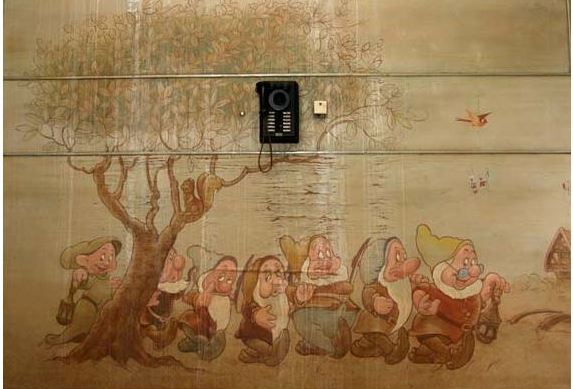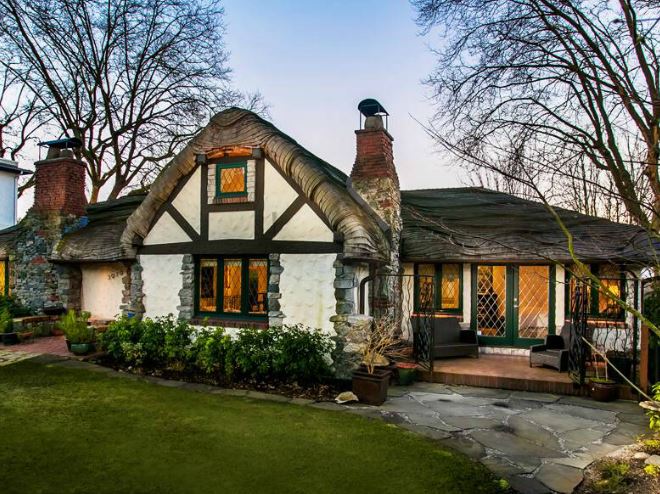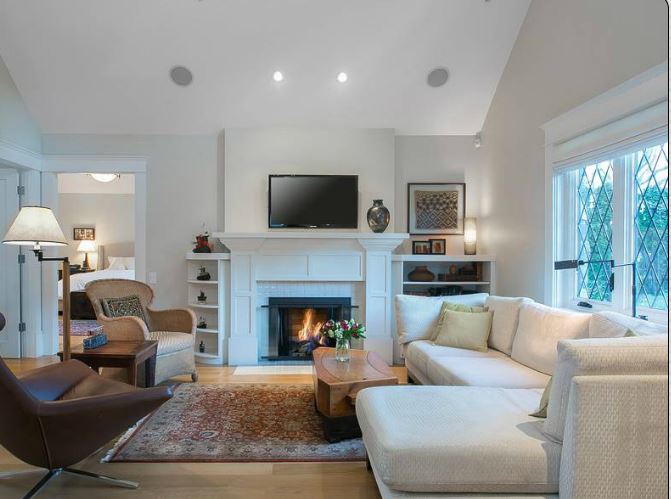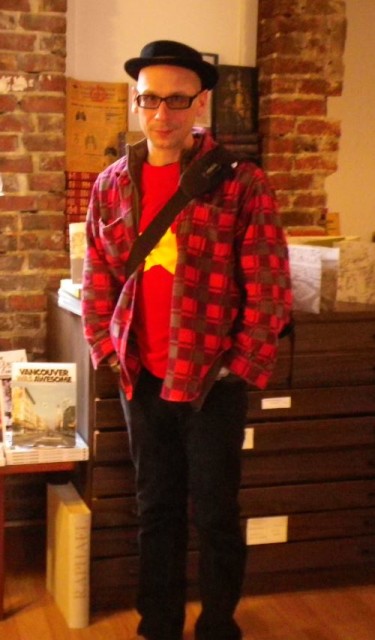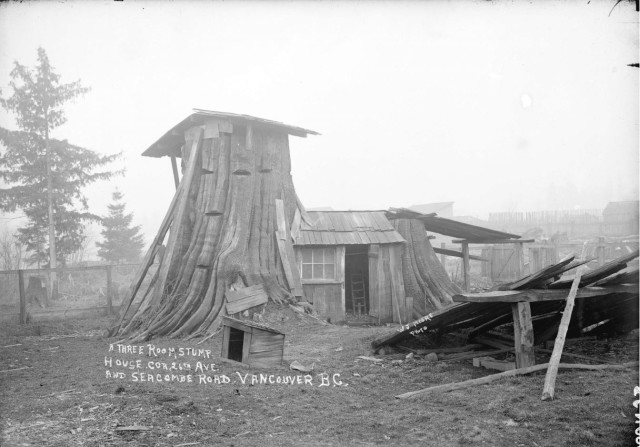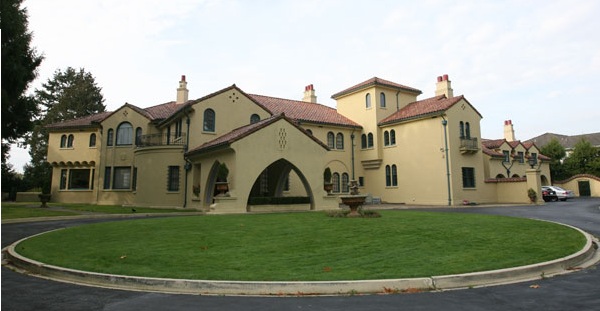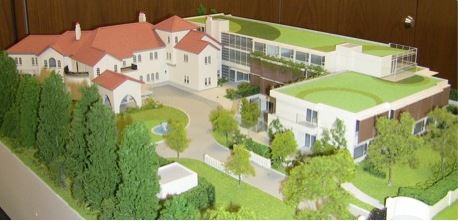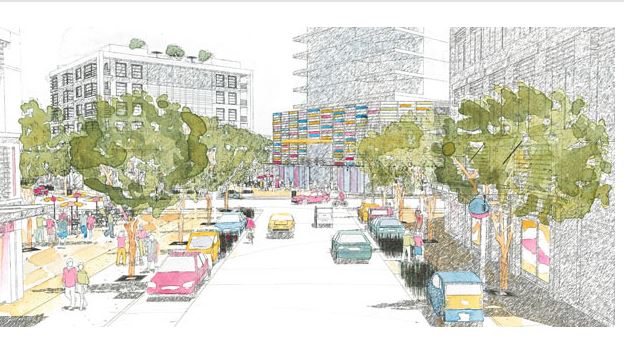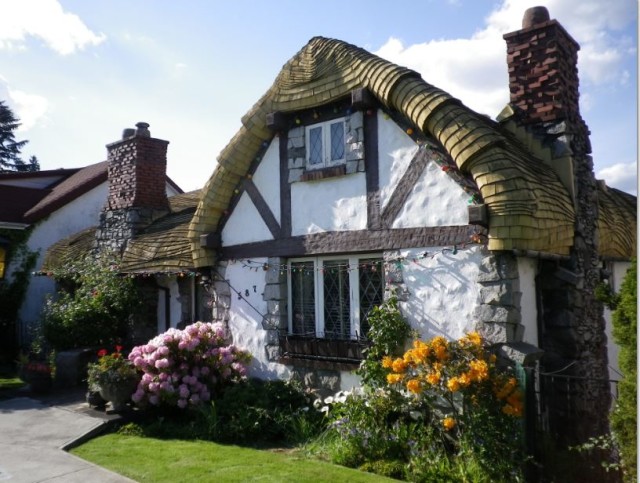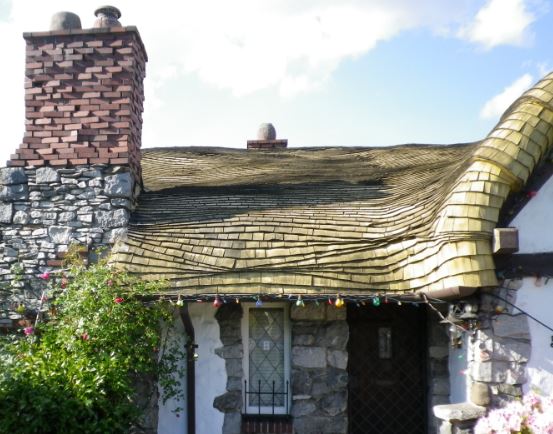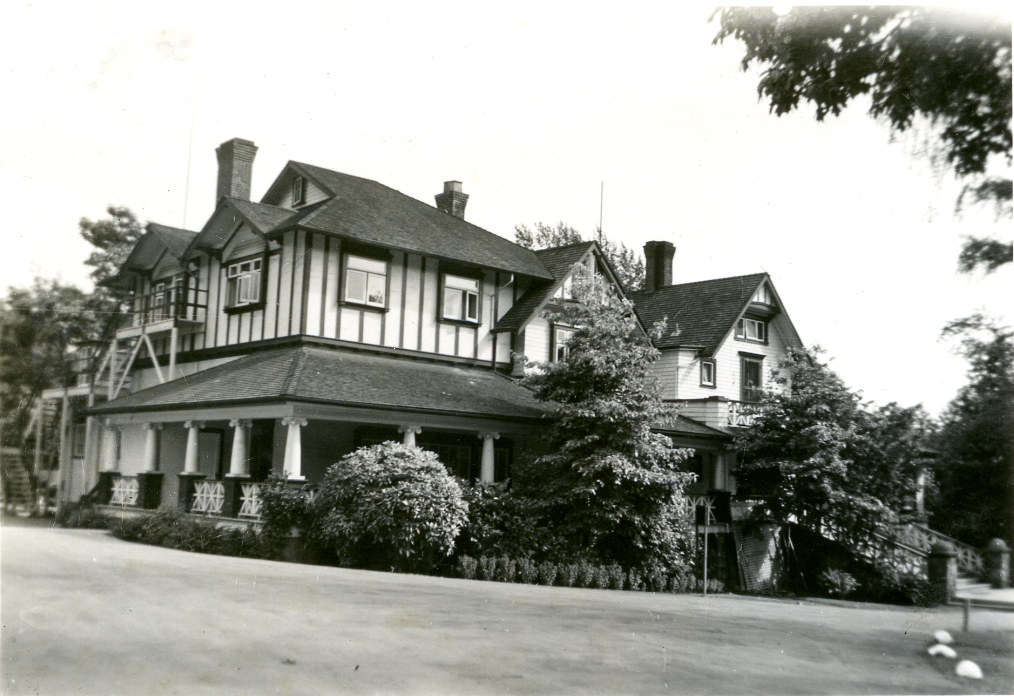
The Vancouver Heritage House tour is coming up Sunday June 2, and I haven’t been this excited since Casa Mia was featured in 2014. Don’t get me wrong, the VHF works hard all year to curate a great mix of architectural styles, neighbourhoods and house sizes, but unless you work at, or have a daughter at Crofton House School, you likely won’t get inside the Old Residence.
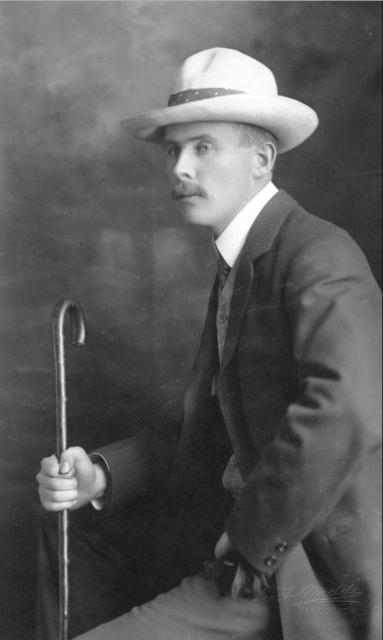
I was lucky to get a tour when I wrote At Home with History in 2007. What makes the house special for me is that it was owned by Alvo von Alvensleben, one of my favourite historical characters.
Alvensleben arrived in Vancouver in 1904 with $4 in his pocket, but he was hardly a rags-to-riches immigrant. He was the third son of a German count and had the connections, the education, and the charm to convince people like Emma Mumm, the champagne heiress, Bertha Krupp, heir to the Krupp fortune, General von Mackensen, and even the Kaiser himself to open up their bank accounts.
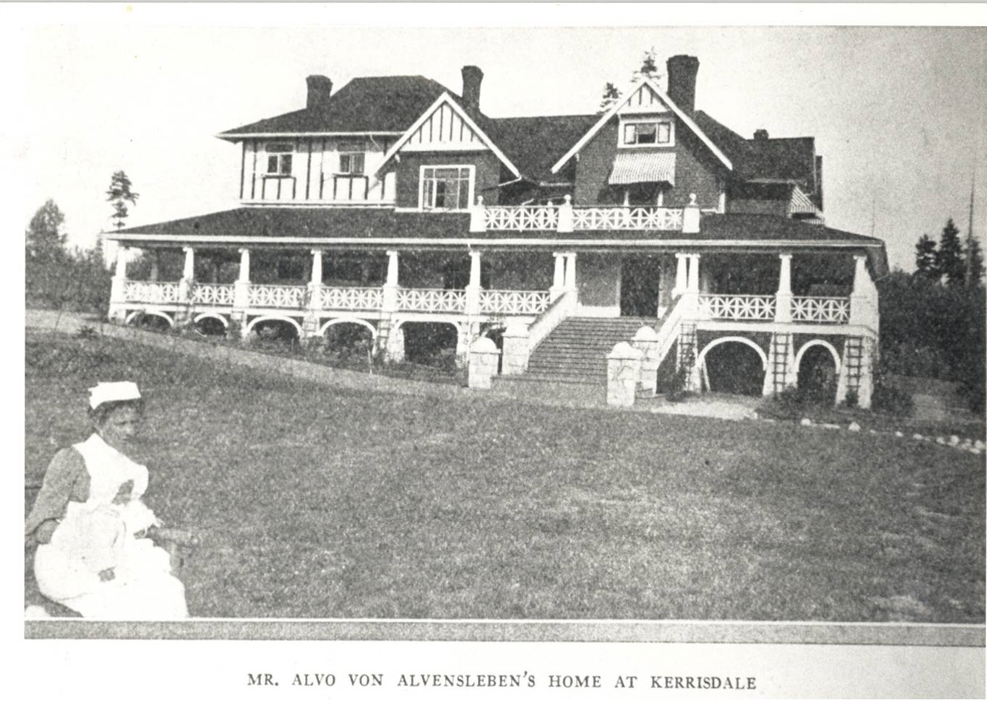
Alvensleben lived in Vancouver less than a decade, yet he was one of the biggest movers and shakers in the city. He brought millions of dollars of German investment into Vancouver and bought up large tracts of land and huge houses. Before going fabulously broke in 1913, he had a personal fortune of around $25 million. His business interests included mining, forestry, and fishing. He financed the Dominion Trust Building, and it was Alvensleben’s capital that built and developed the Wigwam Inn into a luxury resort.
He also owned houses in North Vancouver, Pitt Meadows, Port Kells and Issaquah, Washington.
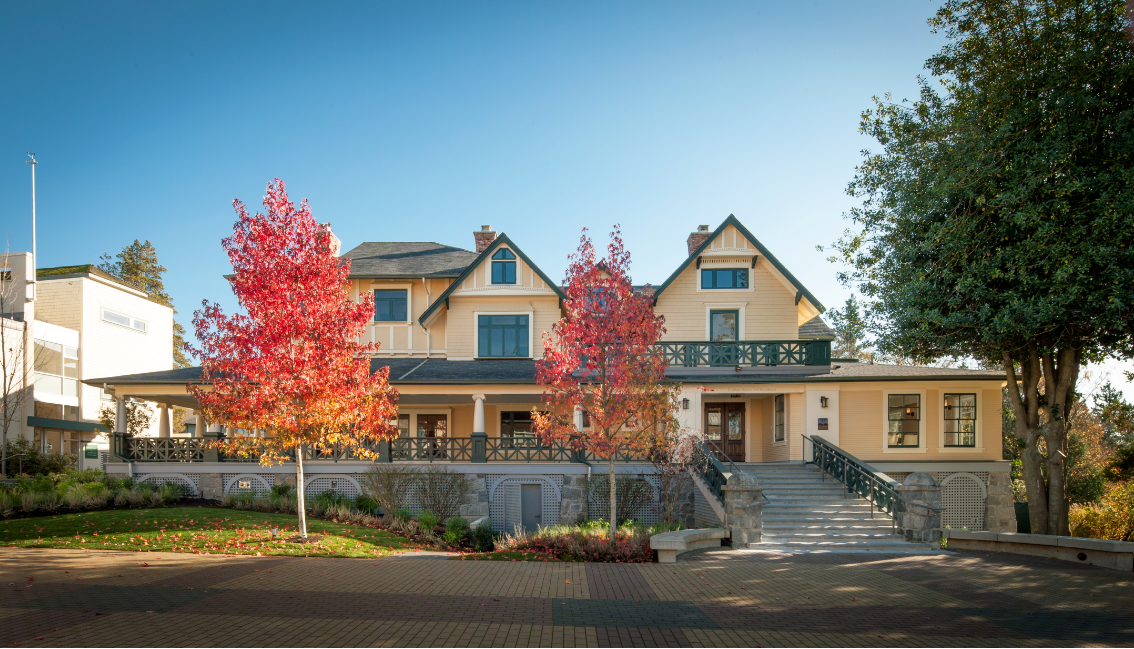
In 1909, he paid $30,000 for the Kerrisdale house and 20 acres, made a number of additions, and he and his Canadian wife Edith moved in the following year. He bought a string of thoroughbred horses, and by 1912, it took 13 servants to run the household and cater the parties.
The parties stopped at the outbreak of war in 1914. Alvensleben, in Germany at the time, read the signs and stayed in the States. Edith packed up the three kids and everything she could fit into the car and fled to Seattle before the Custodian of Enemy Alien Property stripped all their assets.
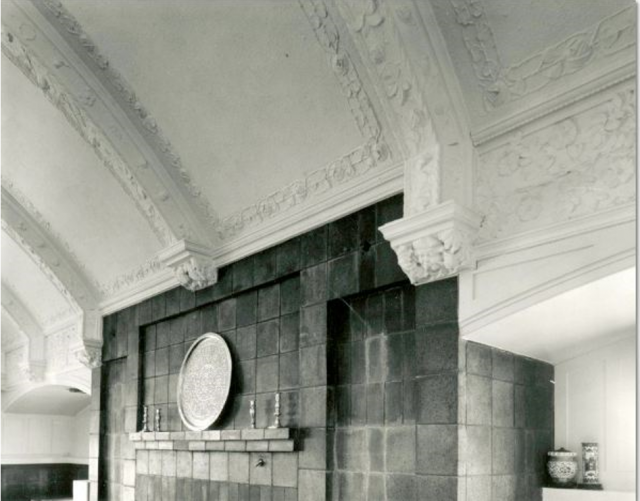
The Kerrisdale house stood empty until 1919 when it sold to Robert J. Cromie, publisher of the Vancouver Sun. The original 20 acres had been reduced to about 13 after the rest had been sold to pay off Alvensleben’s creditors. In 1942, Bernadette Cromie, now a widow, sold the house and property to the Crofton House School for $15,000.
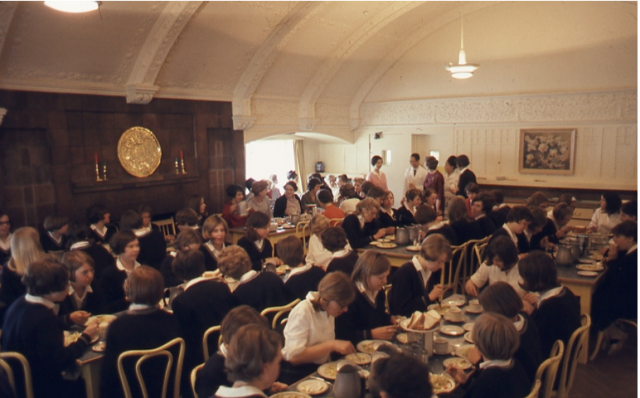
Alvensleben died in Seattle. And over half-a-century later, no one really knows if he was a savvy businessman, a shady salesman, or a German James Bond.
For more information on the house tour and where to buy tickets: Vancouver Heritage Foundation 2019 House Tour
© All rights reserved. Unless otherwise indicated, all blog content copyright Eve Lazarus.






